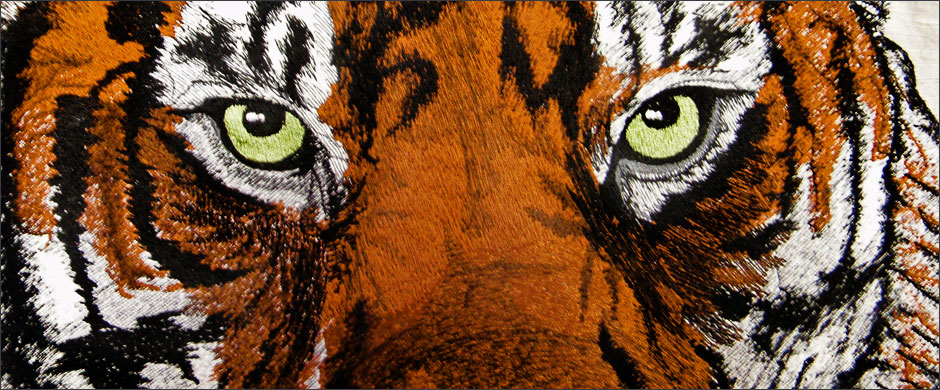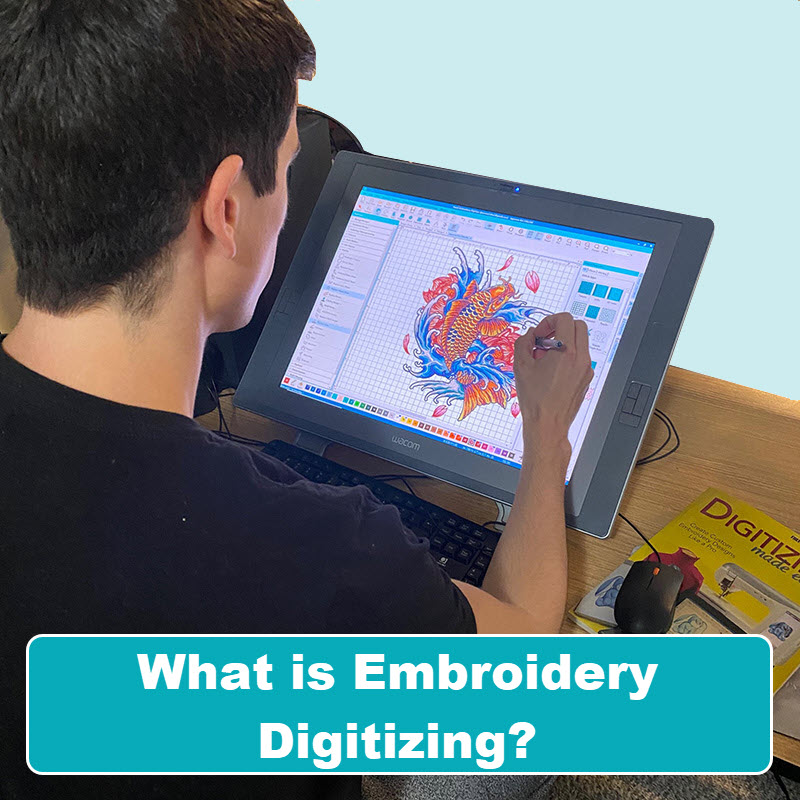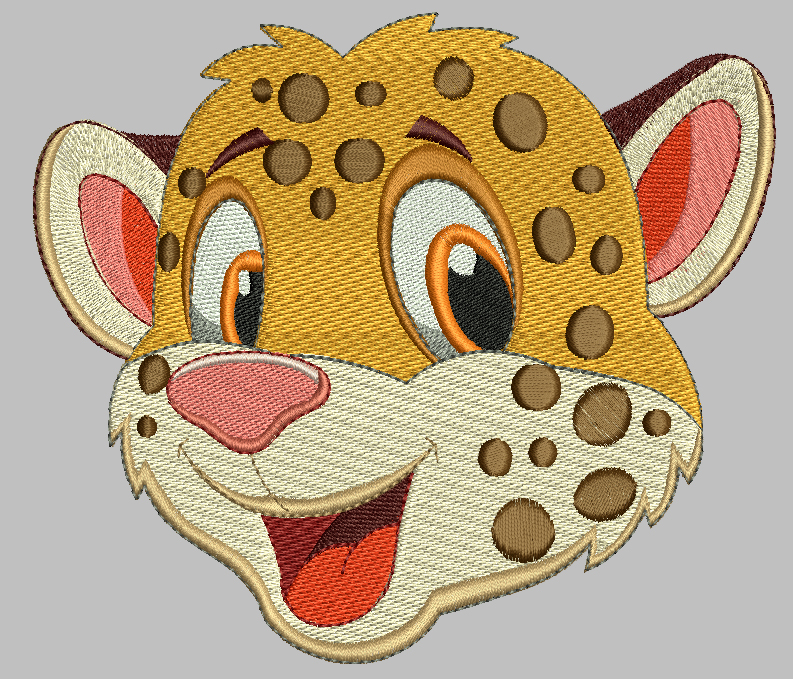Understanding the Embroidery Digitizing Refine: Your Ultimate Guide
Embroidery digitizing is a meticulous craft that needs accuracy and competence to equate detailed styles into digital formats for device embroidery. As artisans begin on this journey to grasp the embroidery digitizing process, a comprehensive understanding of the basics sets the structure for quality.

Understanding Embroidery Digitizing Basics
Embroidery digitizing essentials create the foundation whereupon elaborate layouts are converted right into machine-readable styles for exact sewing. This initial action in the needlework digitizing process is important for making certain that the last stitched item is a faithful depiction of the initial design. Recognizing needlework digitizing essentials entails comprehending essential concepts such as stitch types, sew direction, density, rug, and draw settlement.
Sew types play an essential role in identifying the visual and textural result of the embroidered style. By picking the suitable stitch type, whether it be satin, fill, or running stitch, digitizers can accomplish the desired impact and boost the overall high quality of the needlework. Additionally, sew direction influences the circulation and measurement of the style, while thickness establishes the spacing and coverage of the stitches.
Furthermore, rug sewing supplies stability to the style by safeguarding the fabric and stopping distortion throughout the needlework process. Draw settlement is an additional important factor to consider to neutralize the natural tendency of textile to contract when stitched. Understanding these needlework digitizing essentials is essential for creating professional-quality stitched products.
Choosing the Right Digitizing Software Program
Choosing the suitable digitizing software program is an important decision that considerably affects the performance and top quality of the embroidery digitizing process. Digitizing for Embroidery. When choosing the appropriate digitizing software, it is vital to think about variables such as the intricacy of styles you plan to produce, the user-friendliness of the software program, the level of client assistance offered, and the compatibility with your embroidery maker
There are numerous digitizing software application choices available out there, ranging from fundamental programs for novices to innovative software program for specialist digitizers. Some prominent selections include Wilcom EmbroideryStudio, Hatch Needlework Software, and PulseID. These software program packages provide a wide variety of devices and features to assist you develop intricate designs effortlessly.
Before making a decision, it is recommended to check out the different software application options via totally free read this article trials or demos to establish which one ideal fits your requirements. Additionally, reading testimonials and looking for suggestions from skilled digitizers can offer valuable understandings right into the staminas and weaknesses of each software (Digitizing for Embroidery). By thoroughly evaluating your needs and comparing the features of various digitizing software application, you can make an informed selection that boosts your embroidery digitizing process
Digitizing Devices and Methods

Optimizing Design Settings for Embroidery
Grasping the complexities of layout settings is basic in achieving ideal results in the embroidery digitizing procedure, building upon the structure laid by comprehending digitizing devices and strategies. When enhancing design settings for needlework, it is important to take into consideration variables such as stitch type, thickness, padding, pull compensation, and registration. Enrollment settings line up various elements of the style properly, maintaining general style honesty.

Troubleshooting Common Digitizing Issues
When experiencing usual digitizing issues throughout the needlework process, it is necessary to comprehend the source and carry out effective services without delay. One common issue is stitch thickness issues, where stitches may be also dense, triggering the material to tighten, or too sporadic, bring about gaps in important source the style. Readjusting the stitch density settings in the digitizing software program can aid fix this concern.
An additional frequent difficulty is string breaks during the embroidery procedure. This can occur because of numerous factors such as inaccurate stress setups, dull needles, or making use of low-grade thread. Making sure correct maintenance of the embroidery maker, consisting of regular needle modifications and tension modifications, can minimize the incident of string breaks.
Additionally, layout enrollment errors can lead to misaligned elements within the needlework style. Inspecting the layout placement in the digitizing software and making required modifications prior to stitching can assist in avoiding this problem. By attending to these usual digitizing concerns without delay and efficiently, you can make sure a smoother embroidery process and high-quality completed items.
Final Thought
To conclude, grasping the embroidery digitizing process requires a strong understanding of the essentials, the ideal option of software application, and understanding of tools and techniques. Optimizing layout setups and fixing typical digitizing issues are vital actions in ensuring top notch embroidery outcomes. By complying with these steps diligently, one can achieve accuracy and performance in the digitizing procedure.